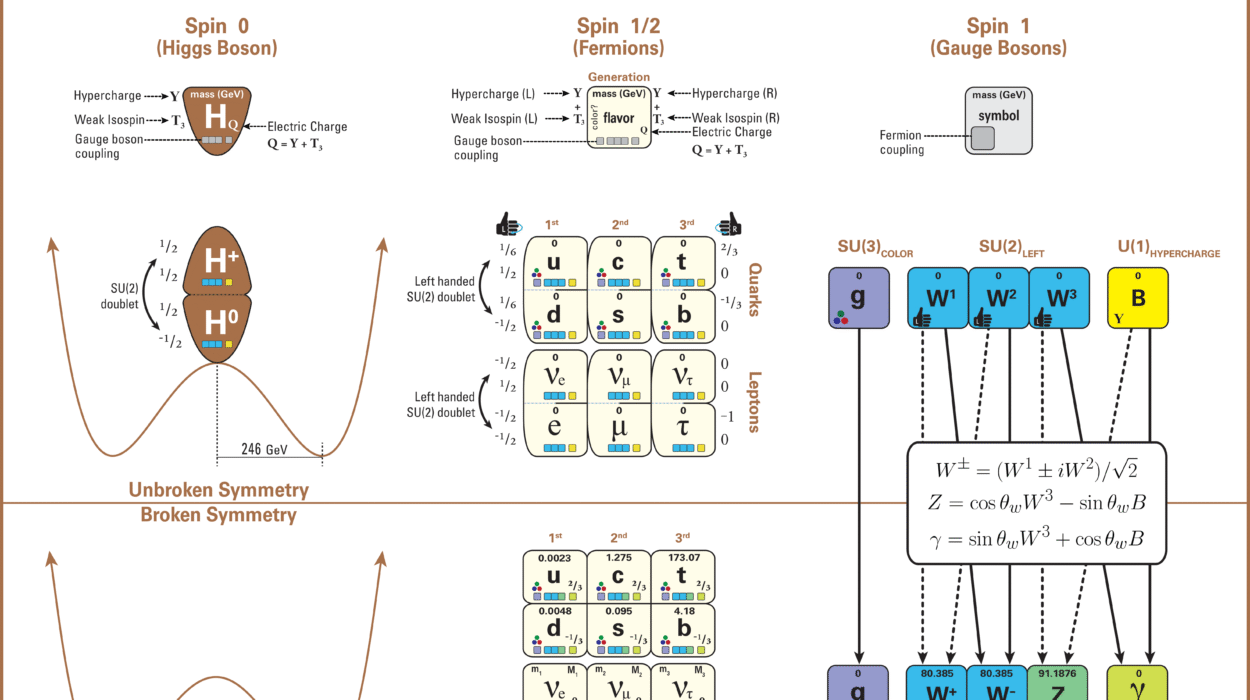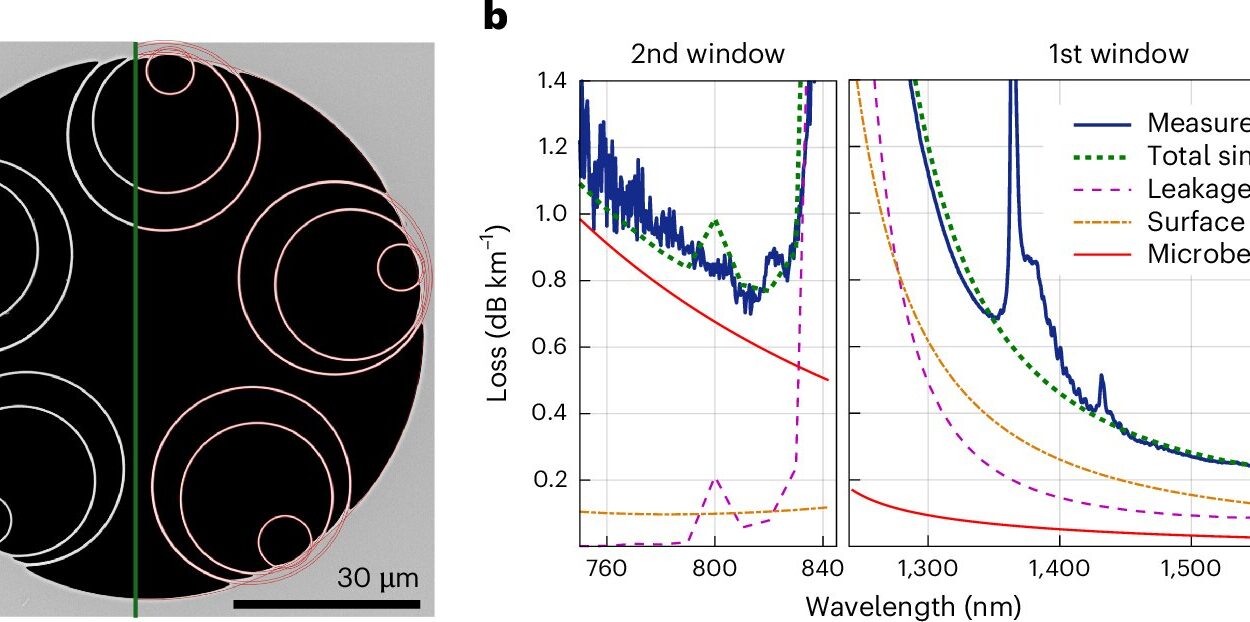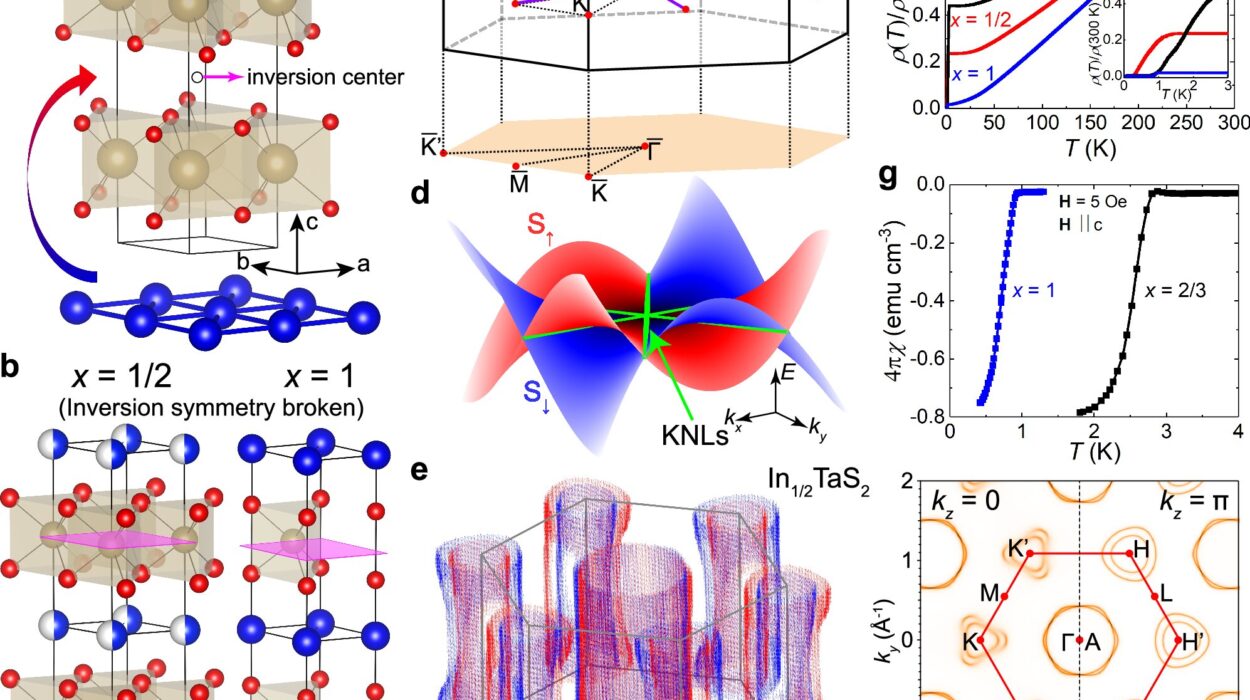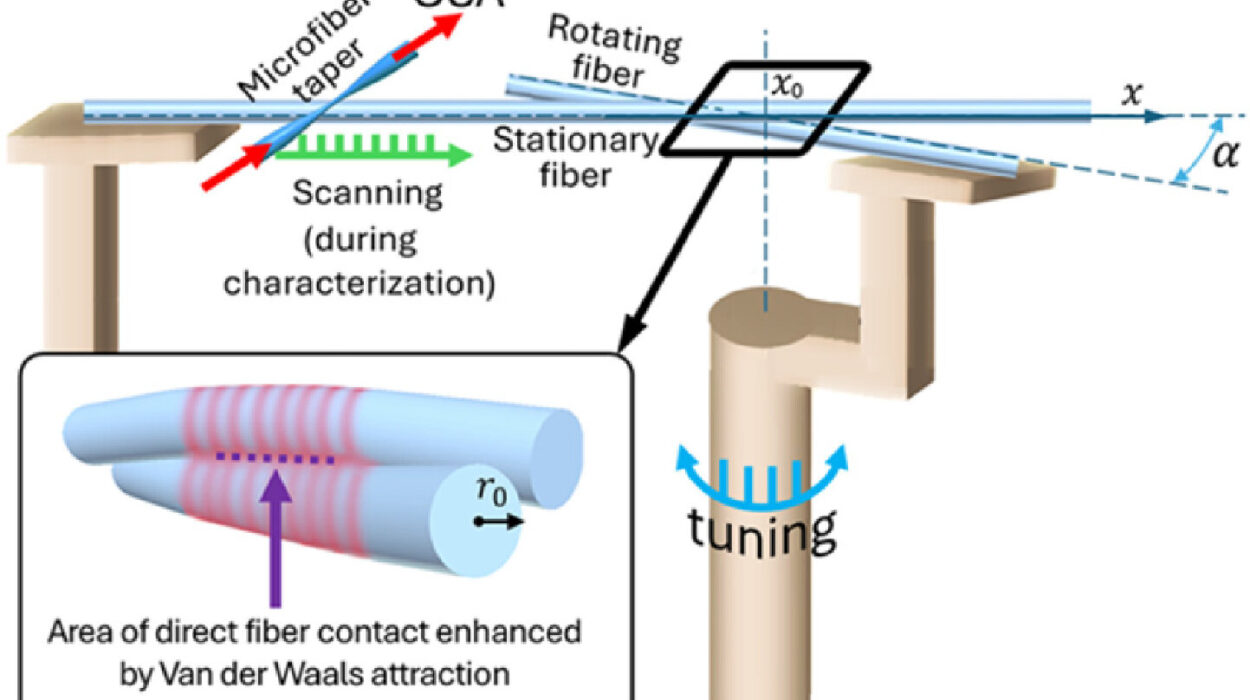In the silent world of atoms and electrons, where the rules of classical physics begin to crumble, a dance is taking place—an intricate, elegant choreography of spinning electrons. Now, a groundbreaking study from the University of Kentucky is helping us understand that dance in unprecedented ways, unlocking secrets that could revolutionize the electronics of tomorrow.
Published in Nature Communications, this pioneering research is led by Ambrose Seo, Ph.D., a professor of physics and astronomy in the College of Arts and Sciences. The team’s discovery centers around magnons, elusive quasiparticles that may hold the key to faster, smarter, and greener technology.
What Are Magnons, and Why Do They Matter?
To understand the importance of this study, we must dive into the mysterious world of magnons. Unlike ordinary particles, magnons are not tangible in the traditional sense. Instead, they are collective excitations—ripples that travel through a magnetic field, similar to how a breeze stirs waves on a pond.
Imagine a magnet not as a solid block but as a field of tiny atomic magnets—each atom spinning like a microscopic compass needle. When these spins align and begin oscillating together, they generate a traveling wave of magnetism. This wave is a magnon.
But magnons are more than just a curiosity of physics. In recent years, they have emerged as promising carriers of spin-based information, laying the foundation for magnonics—a field aiming to replace traditional electronics with devices powered by spin waves instead of electrical currents. The potential is enormous: no heat loss due to resistance, faster processing speeds, and a dramatic drop in energy consumption.
Cracking the Code: Why Magnons Have Been So Hard to Tame
Despite their promise, magnons have remained stubbornly difficult to control. Scientists around the world have struggled to manipulate these elusive waves in a way that’s reliable, scalable, and energy-efficient.
That’s where Seo’s team comes in. Their study reveals a previously unknown mechanism by which magnons can be tuned, manipulated, and softened—all by adjusting the surrounding environment of a special quantum material.
The key lies in strontium iridium oxide (Sr₂IrO₄), an exotic material already known to physicists for its strange and strongly correlated magnetic behavior. This compound sits at the crossroads of two complex phenomena: spin-orbit coupling and electron-electron interactions. Its unique electronic structure makes it an ideal playground for studying quantum magnetism.
The Role of the Quantum Neighborhood
What makes this study different is how the team approached the challenge—not by trying to force the magnons to behave, but by subtly changing their environment and letting the magnons respond.
When the researchers placed thin films of strontium iridium oxide next to various materials—metallic layers, insulating substrates—they observed something remarkable: the magnons became softer. In physics, “softening” refers to a decrease in the energy required to excite the magnon. In simpler terms, the waves became easier to stir.
Dr. Seo explains it with an elegant metaphor: “You can imagine magnons as groups of electrons ‘dancing’ together within a magnet. When the surrounding materials change, it’s like changing the dance floor or adding new music. The electrons change their steps in response.”
What’s causing the shift? It turns out that magnons don’t just interact with one another—they also respond to lattice vibrations, known as phonons. These vibrations ripple through the atomic structure like sound waves traveling through air. When the magnons interact with phonons in a new neighboring material, their behavior—and the energy needed to excite them—changes.
This insight opens a new door in condensed matter physics. It means magnons can be engineered by tweaking not just the material itself, but by designing multi-layered systems that influence spin dynamics in subtle but powerful ways.
Implications: From Smart Watches to Supercomputers
So what does this mean for the world beyond the lab?
The practical implications are vast. Electronics today are driven by the movement of charge—electrons flowing through metal wires. But this flow creates heat, wastes energy, and imposes speed limits. As devices get smaller and demand grows for faster data processing, the limitations of charge-based computing are becoming more apparent.
Enter spintronics and magnonics. These emerging technologies seek to use spin—an intrinsic property of electrons that acts like a tiny magnet—to carry information without moving charge. Magnons are the wave-like embodiment of spin flow, and unlike electrons, they can move through insulators and even vacuum-like environments without significant energy loss.
By learning how to soften magnons, Seo’s team has effectively lowered the energy barrier for controlling them. That means future computers and electronic devices could process data using much less power, creating less heat, and functioning with remarkable efficiency.
Think about smartphones that don’t overheat under heavy use. Wearables that run for weeks on a single charge. Data centers consuming a fraction of the energy they use today. High-speed communication that moves at the speed of spin waves rather than electrons. The ripple effects could reach every corner of modern technology.
A New Frontier for Quantum Materials
This study doesn’t just push forward the field of magnonics—it reshapes how scientists think about interface engineering, the art of designing materials that interact in complex, layered ways.
The interface between strontium iridium oxide and other materials becomes a tunable playground, where magnons can be coaxed into different behaviors simply by modifying the adjacent layers. This insight provides a versatile platform for next-generation quantum materials, where researchers can control properties like magnetism, conductivity, and thermal behavior with unprecedented precision.
Even more exciting is that these results may apply to other exotic compounds beyond strontium iridium oxide. The mechanisms uncovered here could unlock similar effects in a wide array of transition metal oxides, opening the floodgates for innovation in materials science.
The Road Ahead: Toward Spin-Based Computing
Seo’s research is not the final word on magnons—but it’s a leap forward. There is still much to learn about how spin waves interact, how they can be sustained across larger distances, and how they can be integrated with existing electronic systems.
Nevertheless, this breakthrough brings scientists one step closer to achieving practical magnonic circuits—miniaturized devices where information travels as spin waves, not electrical signals.
“Ultimately,” Seo said, “this research could pave the way for faster, more efficient electronic devices by harnessing these dancing electron spin waves.”
The beauty of this discovery lies in its elegance. By tuning the environment around a quantum material, Seo’s team didn’t force the system—they let it evolve naturally. It’s a lesson that, in the quantum world, sometimes subtlety trumps brute force. A shift in rhythm, a different neighbor on the dance floor, and suddenly the entire performance changes.
In this quantum choreography, the future of technology may very well depend on learning the right steps.
Reference: Sujan Shrestha et al, Tunable magnons of an antiferromagnetic Mott insulator via interfacial metal-insulator transitions, Nature Communications (2025). DOI: 10.1038/s41467-025-58922-z






